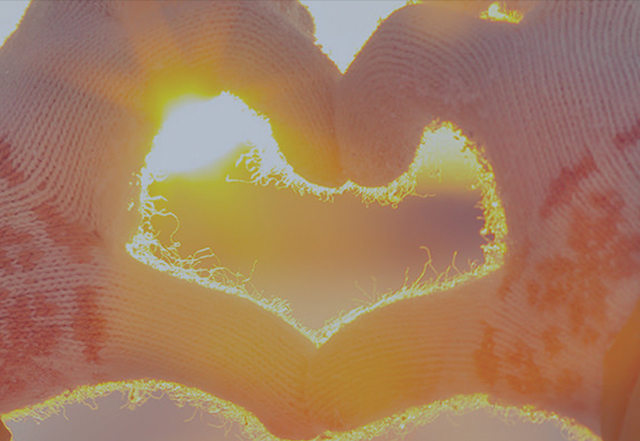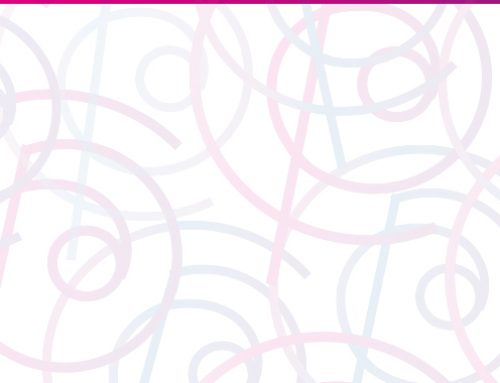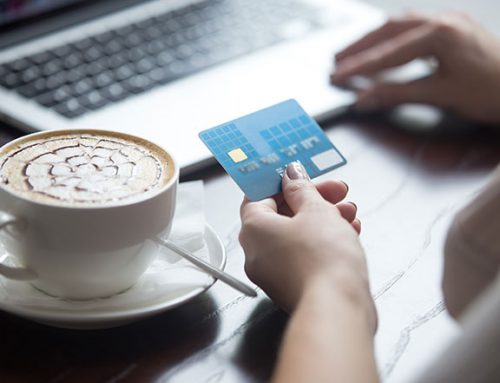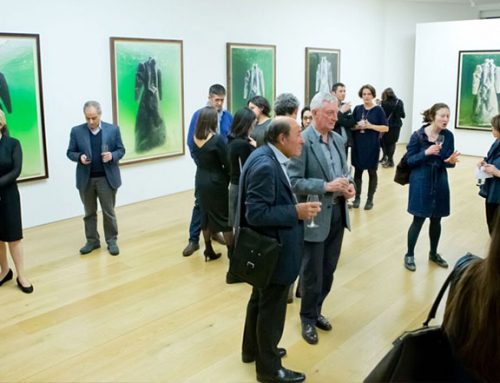On Sunday afternoon I volunteered at a drop in centre for destitute asylum seekers in North London. I go every month and help outside. It was raining, I was cold and wet but was lucky enough to have gloves and a hat. The asylum seekers were not so lucky. On Sunday evening after I got home I wanted to find a way to get gloves donated for some of the people who would visit us again next month. I posted something about my volunteering on my Facebook page and asked if anyone knew any glove manufacturers – I have a pretty big network but no glove makers emerged. A friend who had been collecting for refugees in the UK and Calais did get in touch and offered me 60 sets of hats, scarves and gloves. I was really happy. But wanted to do more.
A couple of people suggested that I set up a wish list on Amazon. The idea was that I’d put about 50 pairs of gloves on there and see if people might buy them. It sounded quite straightforward so I set a price point of a cup of coffee (around £3), found good but cheap thermal gloves and even though I wasn’t quite sure what I was doing I created a wish list. On Monday morning I tested everything with a friend. I fixed all the glitches that I could and by lunchtime my list was live. I put another post on Facebook, explained why I was asking for gloves and wondered if anyone would buy them. Then I went off to a work meeting and when I came out I found lots of messages saying that all the gloves from my list had been bought and lots of requests for me to add more. I was amazed, in a good way. On Monday evening I updated the list adding enough gloves so that everyone coming to the drop in could potentially get a pair. My total wish list was now up to 400 pairs of gloves, 110 hats and 60 scarves – including the donation that got me started. I didn’t know if I’d get anything but by 3.30pm on Tuesday I had everything I’d asked for.
I’m now taking a moment to reflect on what has just happened. My project – I called it Glove Love – reached hundreds, maybe thousands, of people via my network on Facebook. People bought gloves from all around the world and it happened really fast. I have been called amazing and inspirational when really what I feel is humbled to see how so many small acts of kindness could be made to happen at the same time and make a big difference to the lives of many. How did that happen and what did I actually do? What was it that made people want to act? What created the Glove Love magic?
A few months ago I wrote about why my Facebook friends matter. That piece concluded that, like the Force in Star Wars, Facebook can be used both for good and for evil. Facebook is as good as its users. If you only Facebook ‘friend’ interesting people whom you genuinely want to remain in touch with then you build a rich network. The power of Facebook then delivers a friendship group more extensive and diverse than one could maintain in ‘real life’ but no less meaningful for being virtual. As in life, each individual should choose their ‘friends’ wisely. And here’s what I believe has happened. Glove Love used Facebook (facilitated by Amazon) for good and the real people who are my Facebook friends made the magic happen. They came together, driven by a cause that resonated with them.
The Glove Love campaign didn’t appear from out of the blue. I post quite regularly on Facebook about my experiences at the Drop In Centre and share stories of the asylum seekers who I help – I’ve done that for about a while now. Often people write and tell me that they are moved and want to do something. Glove Love came along and gave people that real life chance to help. And technology made it all possible as all people had to do was click. I wasn’t asking for much money (the price of a cup of coffee), I wasn’t asking people to leave home, to choose anything, to drive anywhere. I’d done all the work for them, they trusted me, they knew the project was real, they knew the gloves were going to real people and all they had to do was press one button. So they did. Facebook likes and Amazon wishes were turned (as if by magic) into real life love.
I’m amazed at how technology has allowed so many people to give so much so quickly. In total we bought gloves and hats worth nearly £1500 in just over 24 hours. The glove company called me to say that they were grateful for the orders and that they were going to add an additional donation of children’s hats for free. The campaign kept gathering momentum. I could have kept going – and probably will – but have decided to press pause and process all that we have achieved to date.
For me this feels like a new way of giving and a new way of getting things done. We’re all keen to give stuff – tangible things – to real people. We want to see where our money goes so we buy what we want from businesses and people that we trust and then pass those things on to others. We don’t have much time, we might have less money but we still want to do something. It all feels like a democratisation of the giving process – and for this project it’s a good fit. People chose the colour and type of the gloves that they wanted to buy, I chose the suppliers we used and the people we gave to – and technology allowed us to make it all happen much more quickly than I could have ever imagined. Yes of course there is still a role for the established NGOs – they achieve more than I could in ways that I couldn’t imagine and I’ll still give to them (as I imagine will a lot of the people who have supported me) but their campaigns sometimes just don’t feel as entrepreneurial or as immediate as this one has.
Without my network of Facebook friends (and their friends) this would all have come to nothing. But Facebook and Amazon aren’t the magic, they “just” facilitate it. The technologies have brought out the best in people and harnessed empathy and action in an effective way. They helped to create a community and I think that’s where the real magic lies. I’m grateful for every click and every pair of gloves that has been bought and saying thank you and being appreciative of these small acts of kindness – making it feel personal – has been a really important part of the Glove Love project too.
All of this has got me thinking though. Might 400 people be willing to spend £3 and buy a pair of gloves (or socks, or something) each month for a year? That really would be something. Can we keep the magic going? “One person can make a difference and everyone should try” said John F. Kennedy. The idea isn’t new but could this be the start of a Glove Love movement? Perhaps.
Glove Love
If you’re interested in talking to Juliet about how to grow Glove Love please be in touch with her at Juliet@pieceofcake.tv
This article was originally published on Huffington Post UK.






